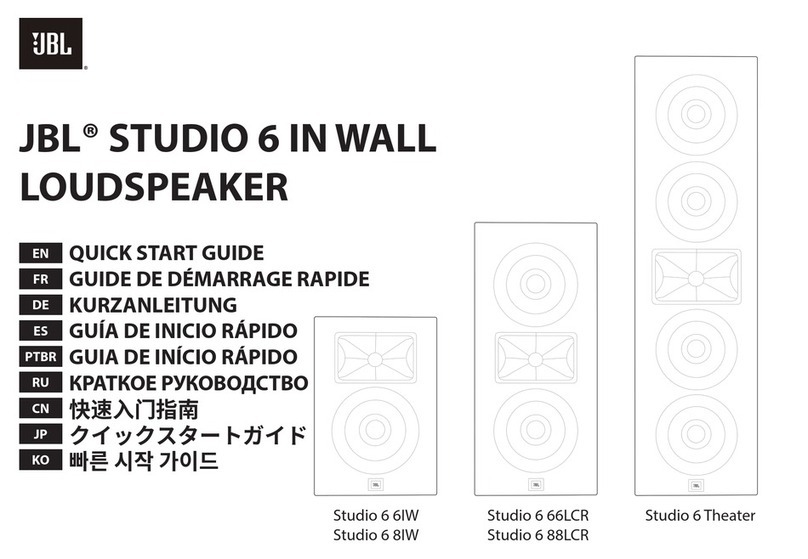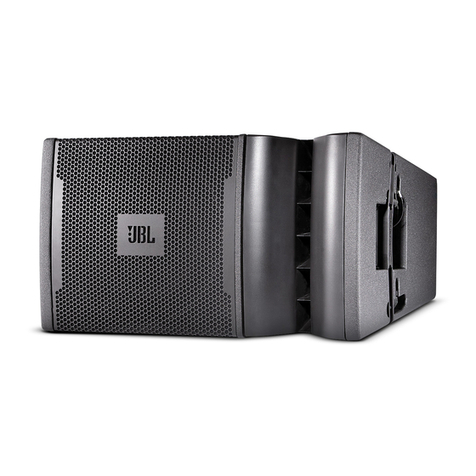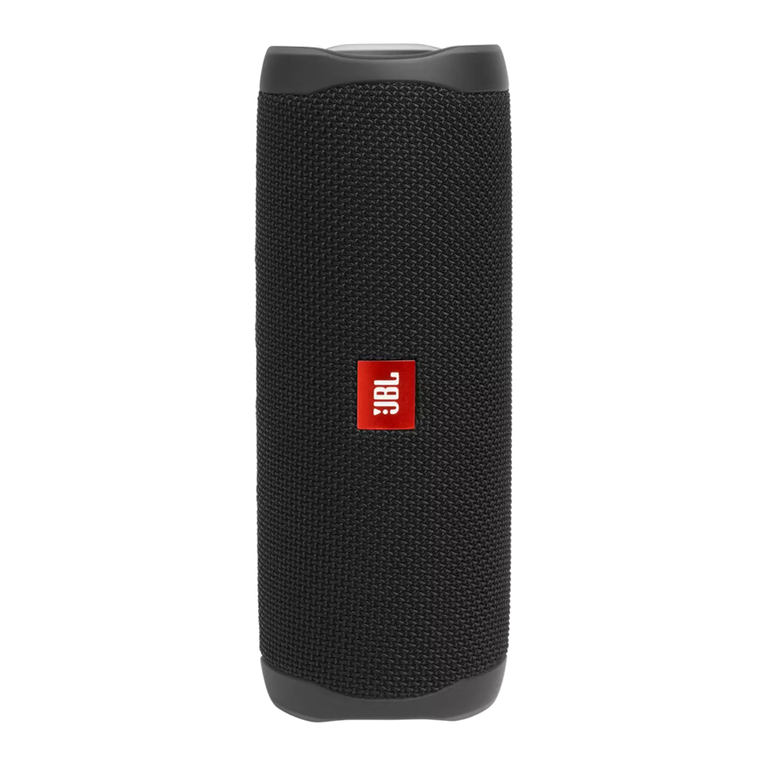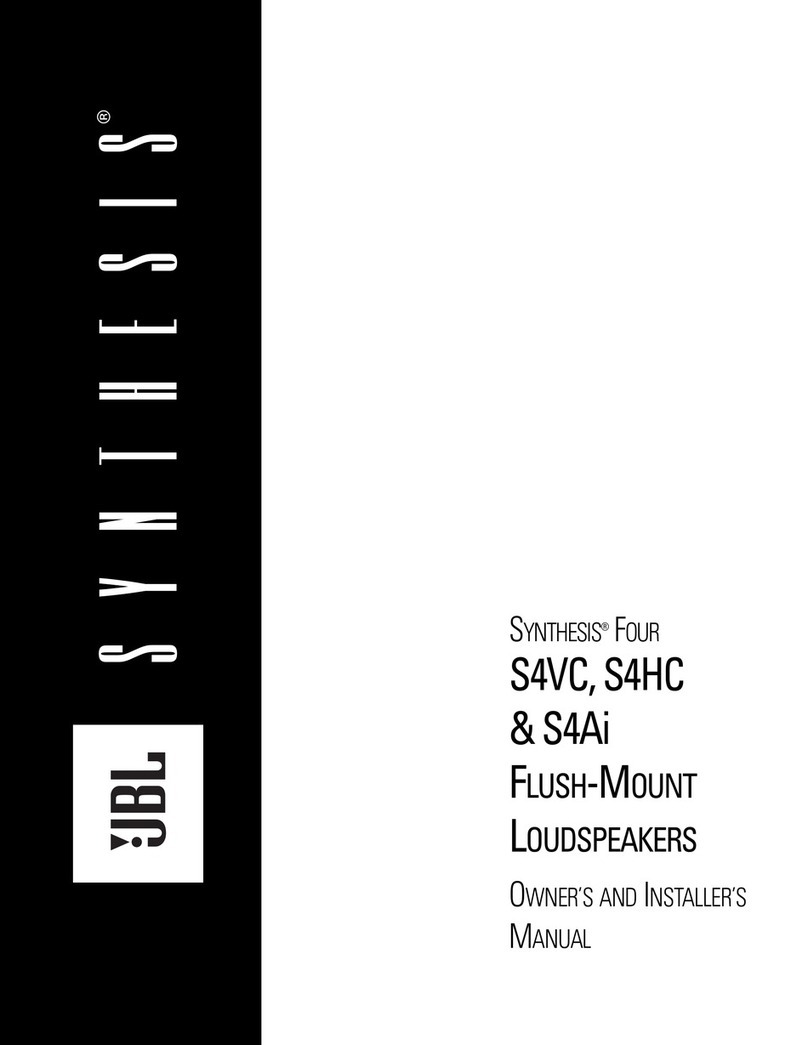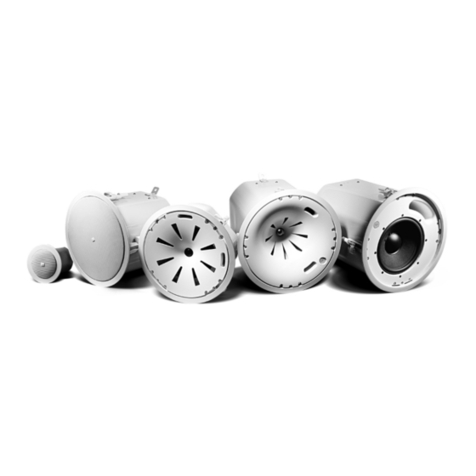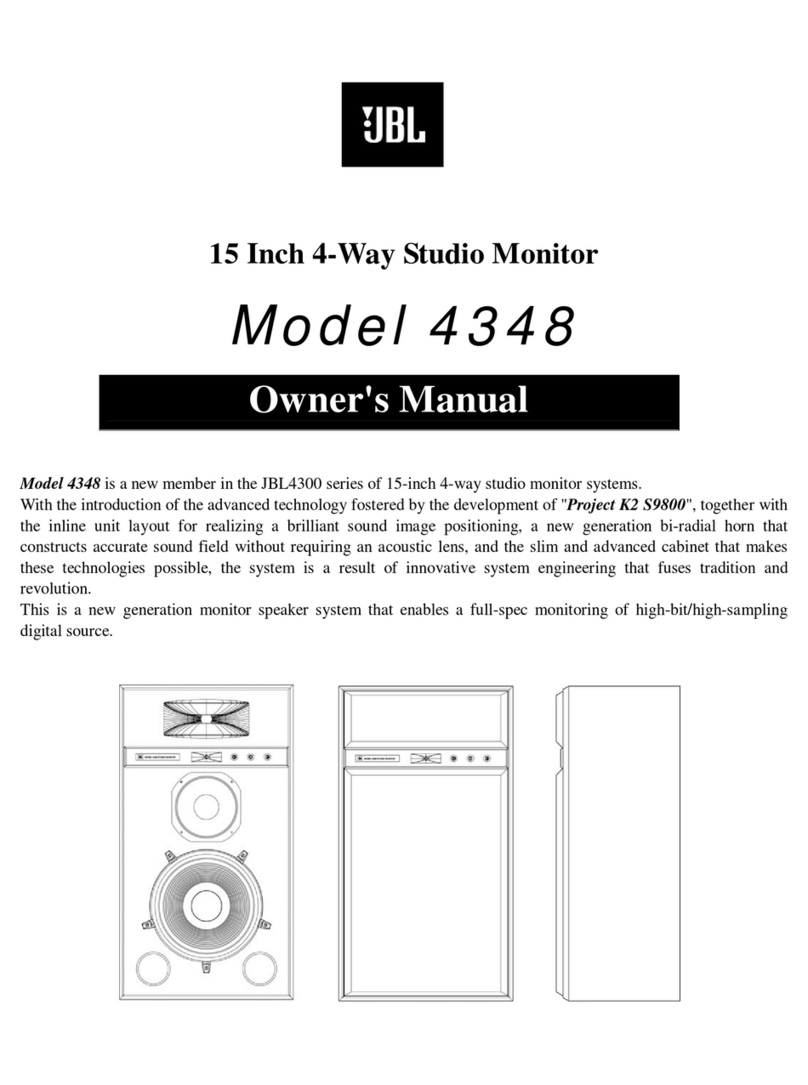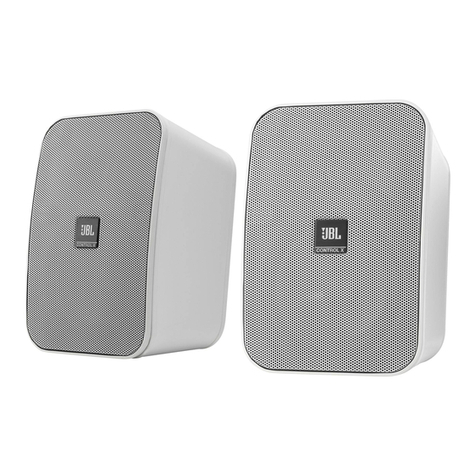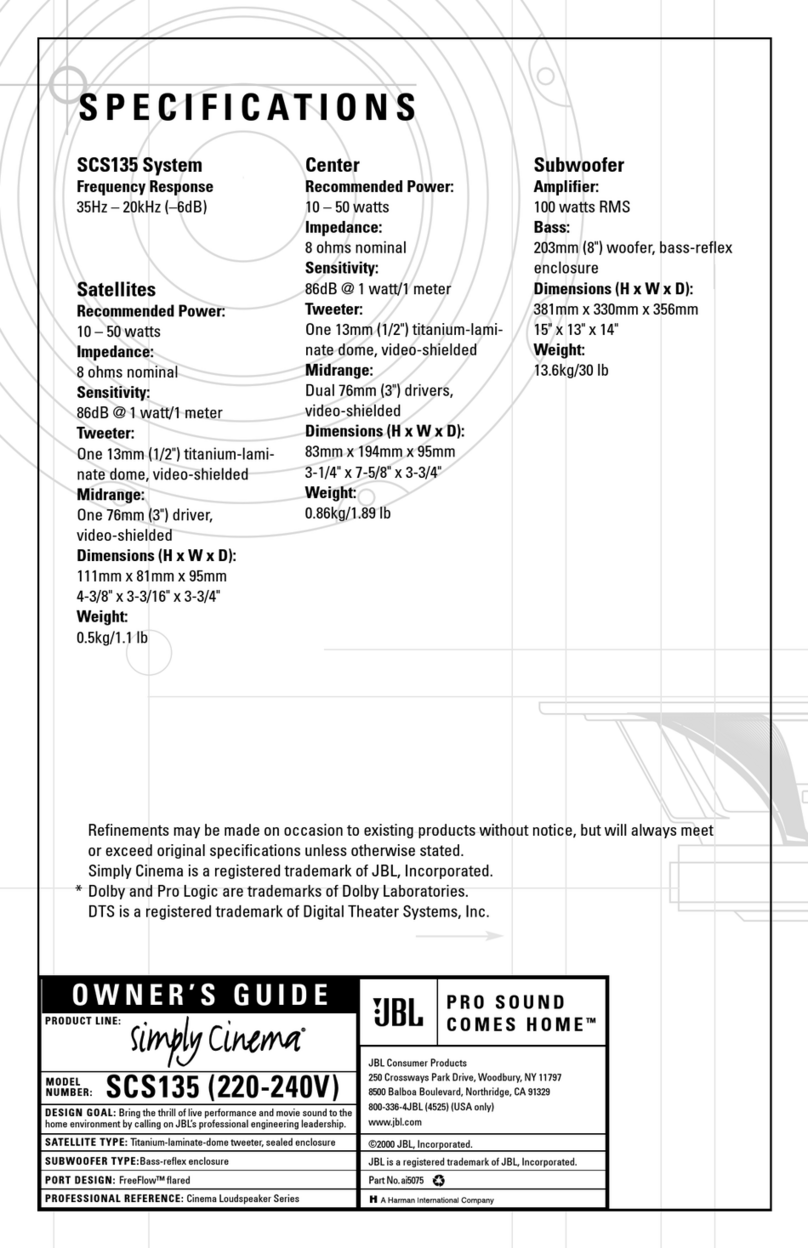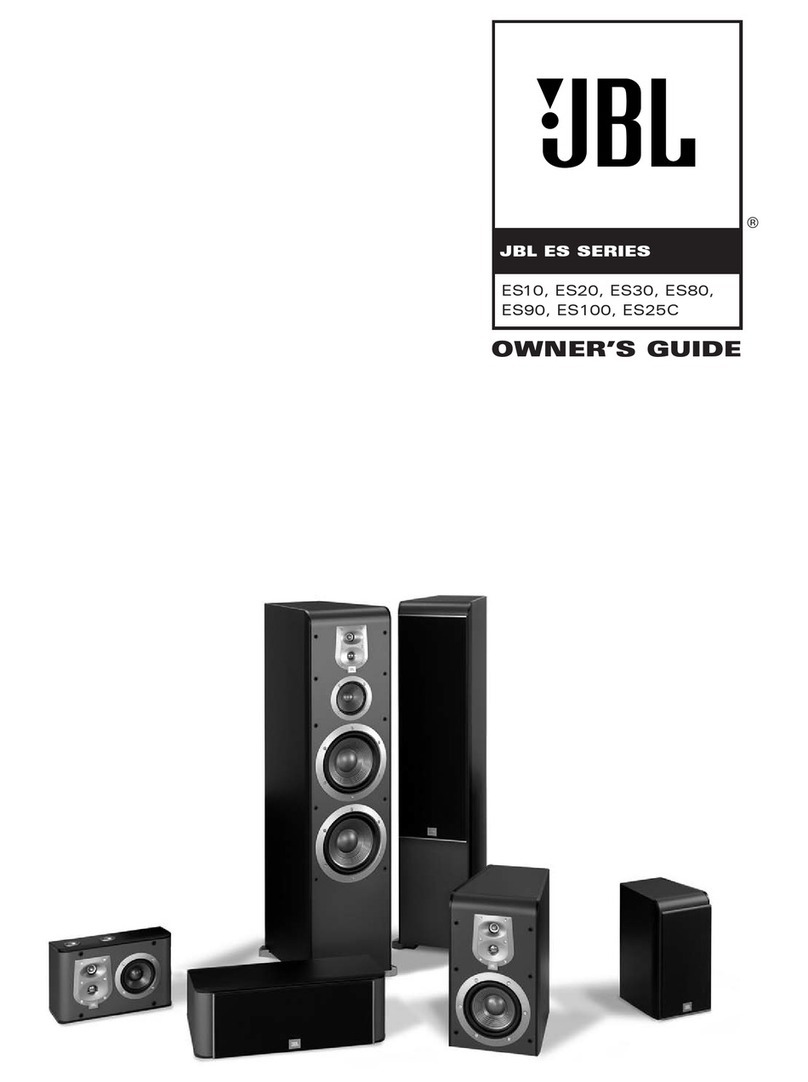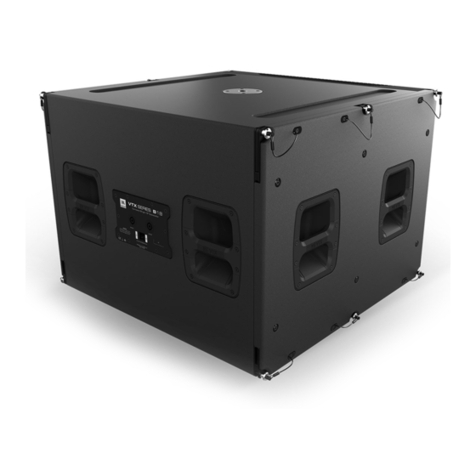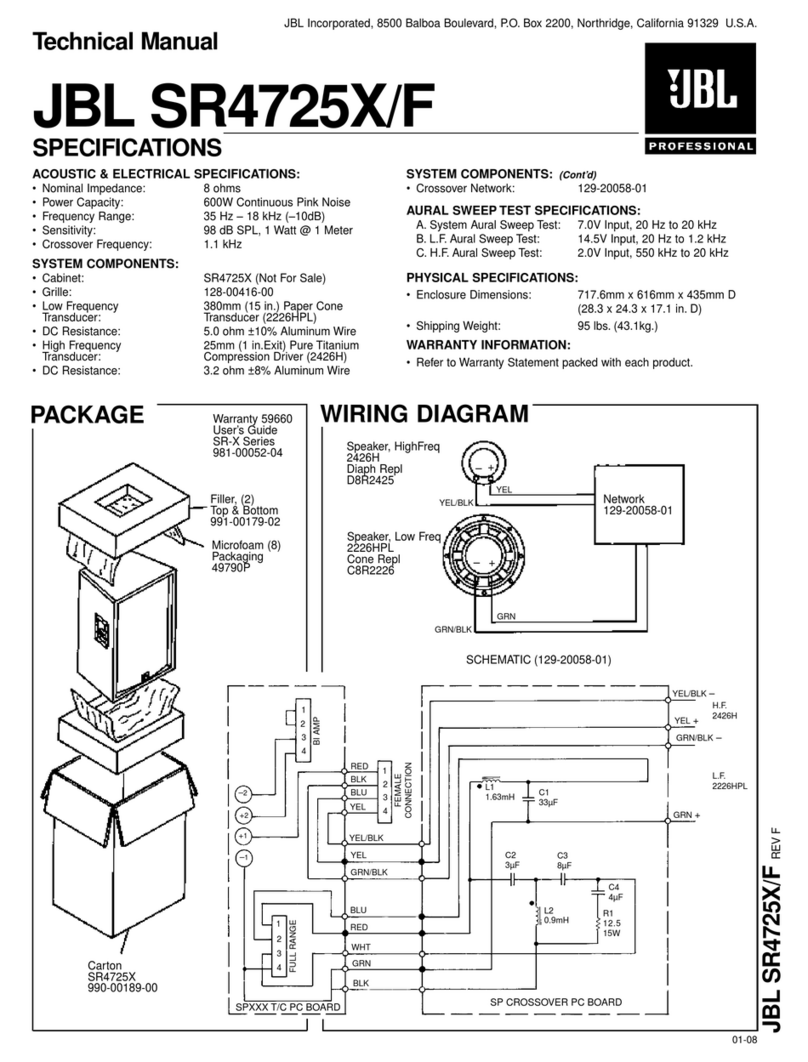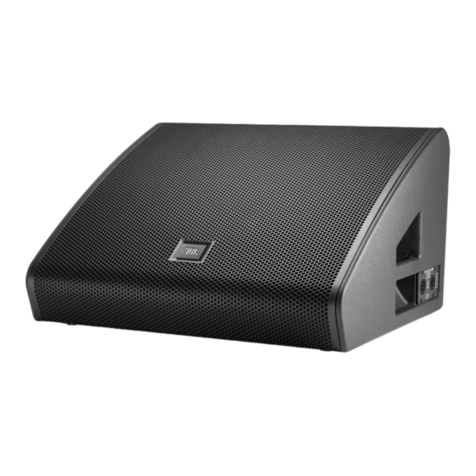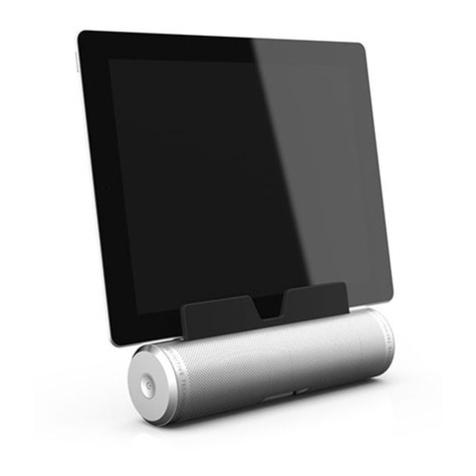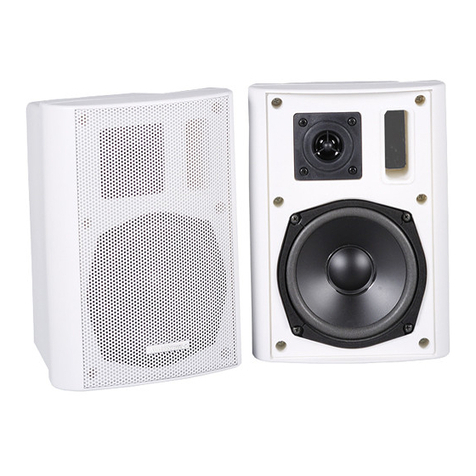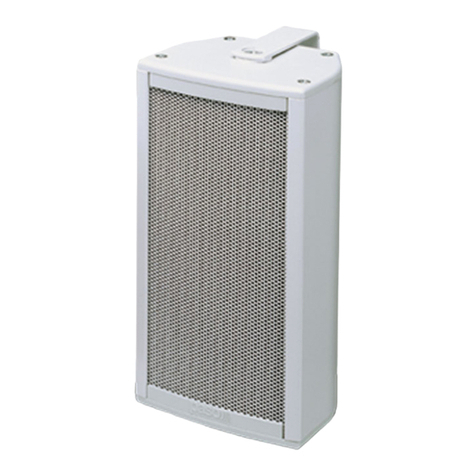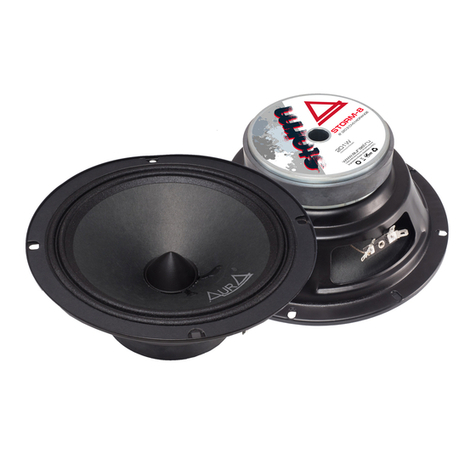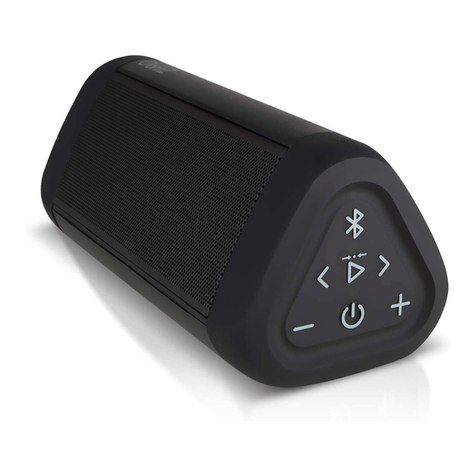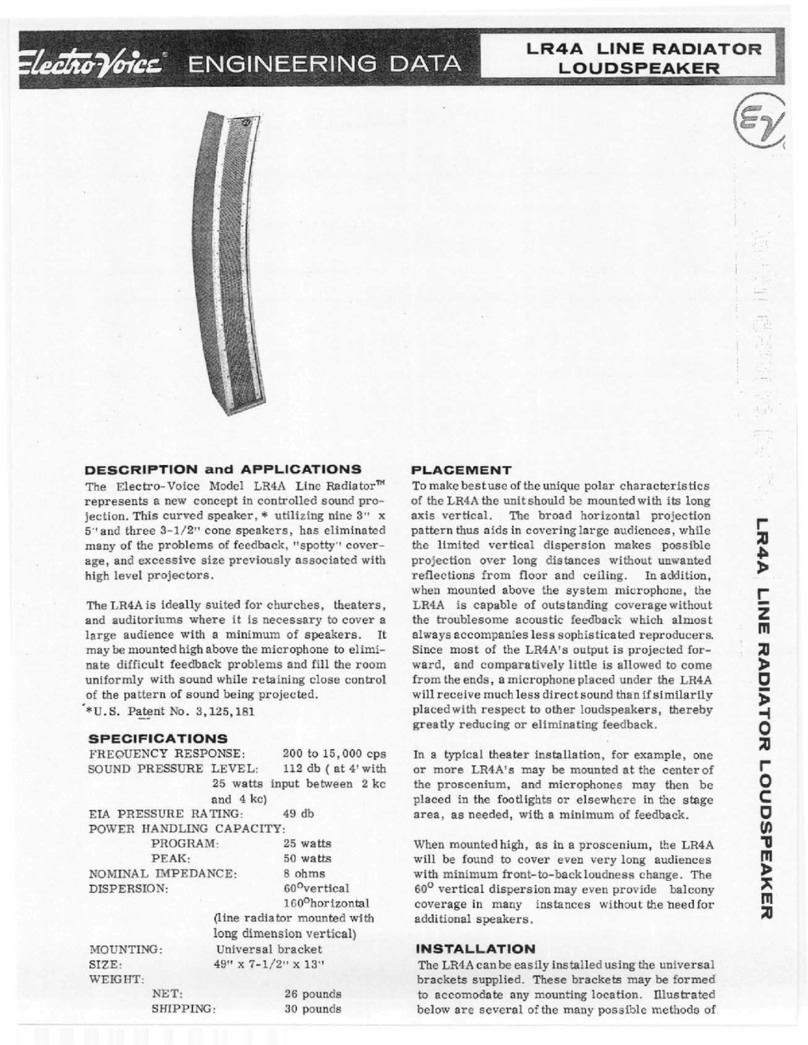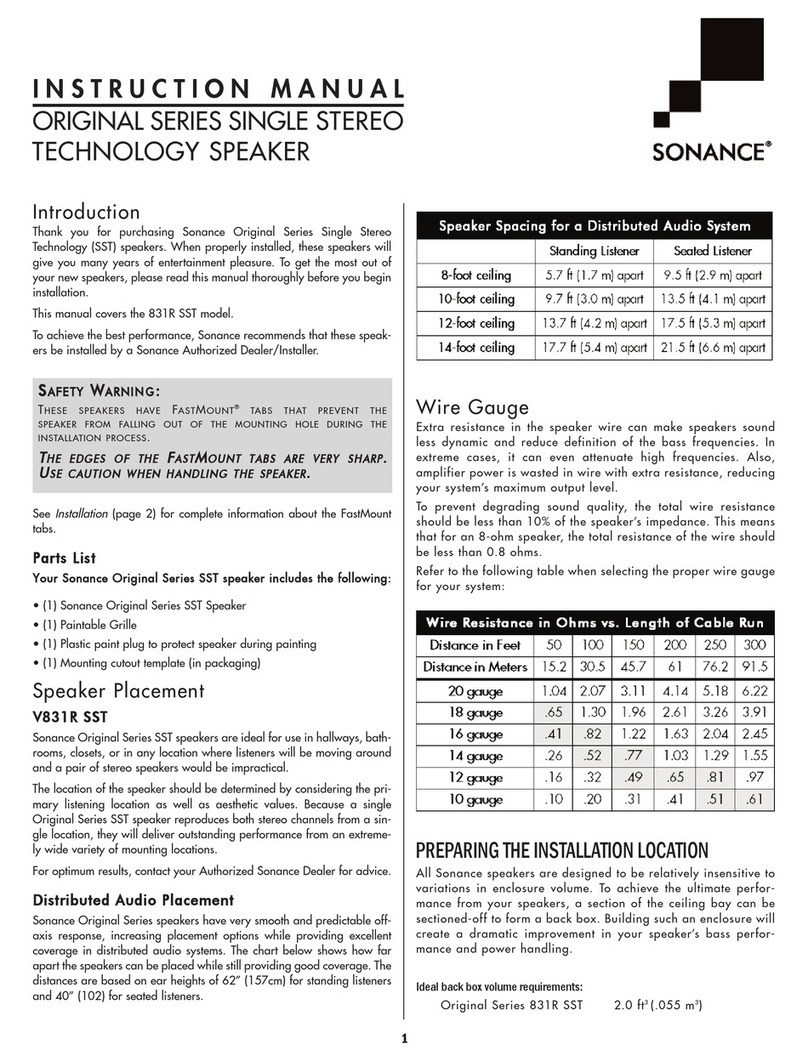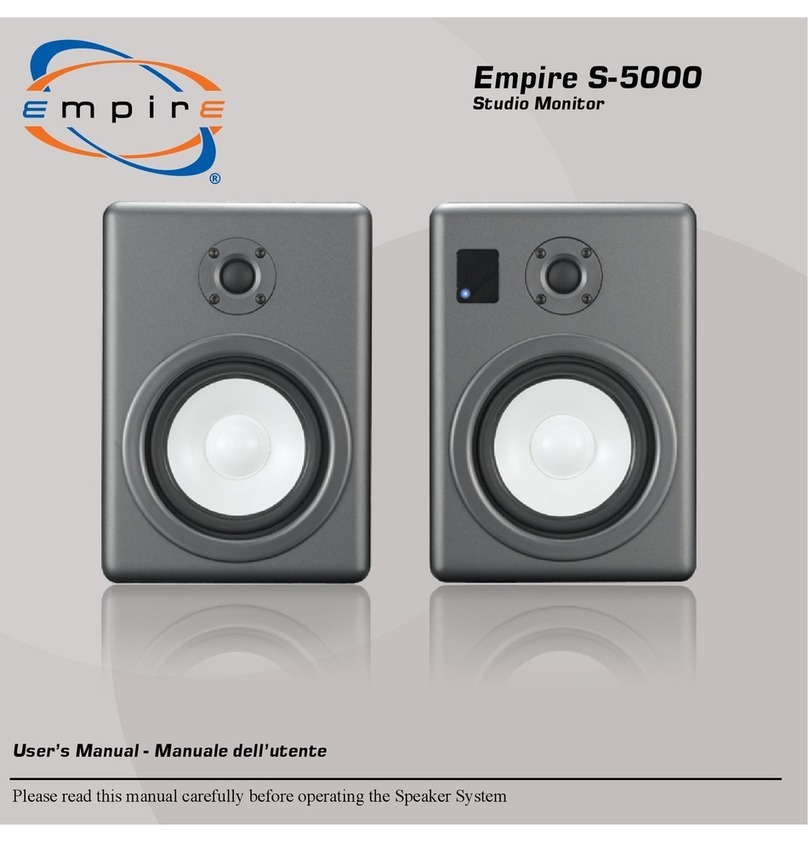
response
at
the
expense
ofefficiency,dynamicrangeand
transient
reproduction.Efficiency
is
importantfortwo
reasons:itpermitsuseof
a
relativelylowpower,
moderately
pricedamplifier,anditallowstheamplifier
to
operate
ata
lowerdistortionlevel,providingthe
reservepower
necessary
toachieve
full
dynamicrange
and
excellenttransientreproduction.
The
Decade
36
exhibitsthestrong
bass,
well
defined
midrange
andsparklinghighfrequencyreproduction
characteristicofallJBLloudspeakersystems.However,
the
most
striking
characteristicofthesystem
is
its
exceptionalclarity.Modernrecordingscontainauditory
effects
thatcanonly
be
capturedthroughthetechnology
•of
electronicsappliedin
a
recordingstudioor
ata
live
performance—delicateovertonescapturedby
close
microphone
placementandcomplexharmonics
producedbyelectronicsynthesis.Suchstateoftheart
techniques,usedinbothcontemporaryand
classical
recording,
place
rigorousdemandsoneventhemost
sophisticatedloudspeakersystems— demandsthatJBL
hasalwaysmetandsurpassed.
A
numberofloudspeakersystemscanhandlelarge
amounts
ofpower;othersarehighlyefficient.JBL
productsareuniqueintheirabilitytocombineboth
attributes.
TheL36,forexample,
will
convert
a
1-Watt
input
of
"white
noise"1
into
a
soundpressurelevel
of
76
dBmeasured
ata
distanceof15feet.2This
is
approximately
twice
as
loud
as
ordinaryconversation
and
represents
a
comfortablelisteninglevel,
demonstrating
thattheL36deliverssubstantialsound
output
from
very
little
inputpower.
Ratherthanrepeattheambiguityofmosttechnical
specifications,JBLhas
traditionally
refrained
from
listing
dataforwhichnowidely
accepted
testprocedure
hasbeenestablished.Inthe
absence
ofsuchstandards,
any
well
equippedlaboratorycanlegitimatelyproduce
a
variety
offrequencyresponsecurvesfor
a
loudspeaker,
1.
"White noise" is a rigorous test simulating
average
musical
program material under laboratory conditions. It provides a
controlled
means
of energizing all the transducers of a
loudspeaker system simultaneously. "White noise"
encompasses all audible frequencies
just
as white light
includes
all the colors of the visible spectrum. Produced in
the laboratory by a signal generator, "white noise" sounds
very
much like the hiss
heard
between FM radio stations.
2.
A
decibel
(dB), in this context, is a
unit
expressing relative
loudness of sound. Three dB is approximately
equal
to the
smallest
change
in loudness of program material ordinarily
detectable
by the human ear.
2
PERFORMANCE
CHARACTERISTICS
SPECIFICATIONS


